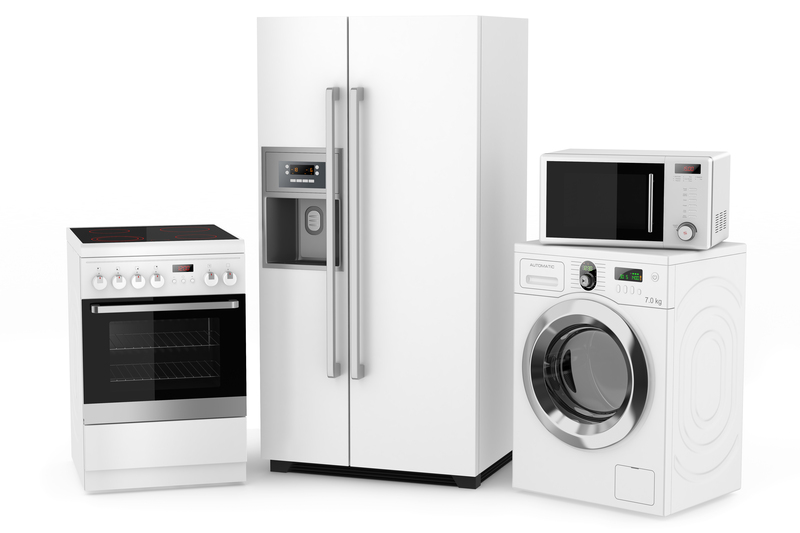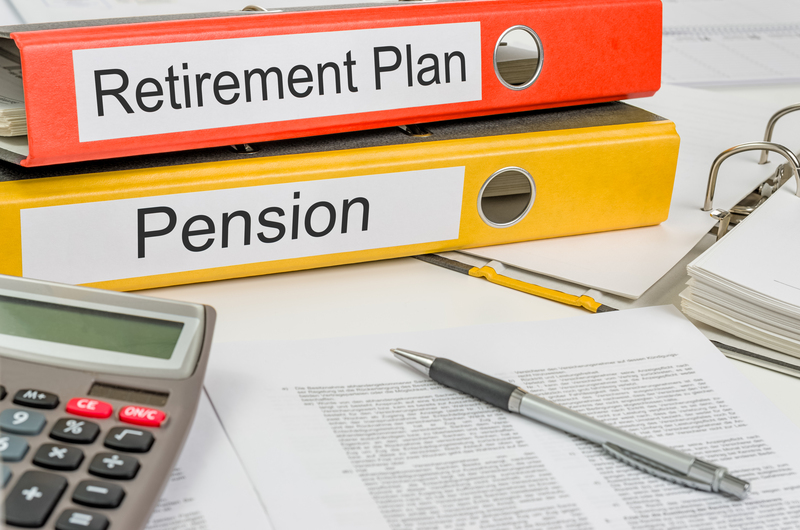Exploring the Dangers of DIY Piano Relocation
Posted on 22/06/2025
Exploring the Dangers of DIY Piano Relocation
Pianos are exquisite, valuable, and often sentimental instruments that grace living rooms, concert halls, and studios worldwide. However, when it comes to moving a piano, many homeowners and enthusiasts consider taking the task upon themselves. This is not only a substantial undertaking but also one fraught with risks, costs, and complications. In this article, we'll dive deep into the dangers of DIY piano relocation, uncovering the compelling reasons to avoid a do-it-yourself move and offering alternatives for safe and efficient piano transportation.

Understanding the Challenges of Piano Moving
Before you attempt piano relocation on your own, it's crucial to understand the unique challenges involved. Pianos are not just heavy; they are also intricately constructed with thousands of moving parts. This makes moving them unlike moving any other piece of furniture.
- Weight Concerns: Upright pianos can weigh between 300-500 lbs (136-227 kg).
- Size and Shape: Grand pianos are not only heavier, sometimes exceeding 1,000 lbs (453 kg), but also long and awkwardly shaped.
- Delicate Components: Each piano houses sensitive parts, such as hammers, strings, pedals, and keys, which are susceptible to damage from improper handling.
Why DIY Piano Moving Seems Tempting
The idea of saving money by moving a piano yourself is understandable. Rental moving trucks and equipment, coupled with the help of a few friends, might appear cost-effective. However, this seemingly simple solution overlooks the risks associated with DIY piano relocation.
The Hidden Dangers of DIY Piano Relocation
1. Personal Injury Risks
Moving a piano without professional experience is a recipe for injury. The sheer weight and awkward center of gravity can easily lead to accidents. Common injuries include:
- Back strains and muscle injuries
- Crushed fingers and toes
- Sprained ankles or wrists from slips and falls
- Serious accidents like dropping the piano or falling down stairs
Professionals utilize specialized equipment and lifting techniques to mitigate these risks, something most DIY movers lack.
2. Damage to the Piano
Pianos are complex instruments. Improper handling can lead to permanent damage, affecting both playability and value. Dangers include:
- Broken legs or pedals
- Cracked soundboards
- Dented or scratched finishes
- Misaligned or broken keys
- Strings coming unseated or broken
These damages are expensive to repair and can diminish the instrument's value.
3. Damage to Property
One of the biggest hazards of DIY piano moving is the potential to damage your home or building. If a heavy piano slips or rolls out of control, it could:
- Scratch or gouge floors
- Crack tiles or break stairs
- Damage door frames and walls
- Break windows or handrails
Not only is this expensive to fix, but it can also reduce the value of your property--far offsetting the money saved by not hiring professionals.
4. Insufficient Equipment
Professional piano movers use specialized equipment such as piano dollies, skids, padding, and straps. Many DIY movers underestimate the necessity or are unfamiliar with their correct use. Attempting to move a piano without adequate tools can result in:
- Lack of stability during movement
- Inadequate protection of sensitive piano parts
- Difficulty maneuvering through tight spaces or stairways
5. Lack of Experience and Technique
Moving and transporting a piano requires specific know-how. For example, grand pianos often need to be disassembled and properly secured before transit. Improper techniques might cause:
- Imbalanced loads leading to tipping
- Unsecured lids or moving parts resulting in internal damage
- Mistakes in reassembly, causing tuning or mechanical issues
6. Insurance and Liability Issues
If you damage your piano or injure yourself while moving it, standard homeowners' insurance typically does not cover self-inflicted damages or injuries during a move. By contrast, reputable professional piano movers have insurance to protect:
- The instrument from damage in transit
- Your property from accidental damage
- The safety of their moving team
Financial Implications of DIY Piano Moving Gone Wrong
In an attempt to save money, many piano owners are surprised to discover that DIY relocation can end up costing more than hiring professionals. Consider the following potential expenses:
- Medical bills from injuries sustained during the move
- Repairs for damaged pianos and property
- Renting or buying equipment like dollies, ramps, and moving pads
- Additional tuning (as even a minor bump can put a piano out of tune)
In the end, the hidden costs of a DIY move may far exceed the quote from a professional mover.
Scenarios That Magnify the Dangers of DIY Piano Relocation
Navigating Stairs or Tight Spaces
Even professional movers approach stairs with extreme caution. Attempting to maneuver an instrument that may weigh hundreds of pounds up or down flights of stairs without the proper training or equipment is highly risky, with an increased likelihood of injury or significant damage.
Loading and Transporting in Vehicles
Pianos require secure and stable transportation. Without proper anchoring and padding, DIY movers risk having the piano shift during transit, resulting in significant internal and external damage. Normal moving trucks are not usually equipped for transporting delicate, heavy instruments.
Moving in Inclement Weather
Rain, snow, or ice can quickly turn a DIY scenario unsafe. Wet conditions make surfaces slippery, increasing the likelihood of accidents. Furthermore, moisture can seriously damage the piano's wood and internal components.
Expert Tips: What to Do Instead of DIY Piano Relocation
Hire Professional Movers Specializing in Piano Transport
The overwhelming consensus from both piano experts and moving professionals is clear: trust your piano relocation to dedicated professionals. Piano movers are specifically trained to:
- Properly disassemble and reassemble pianos if necessary
- Use the correct tools and equipment
- Safely maneuver through challenging environments
- Ensure the piano is protected against bumps, moisture, and shifting
Prepare for the Move
If you're determined to take part in your piano's move, your role should be in the planning, not the heavy lifting. Prepare by:
- Clearing pathways and measuring doorways
- Documenting the piano's condition with photos
- Ensuring insurance coverage is up to date
- Explaining the layout of your home to the movers in advance
Schedule a Professional Tuning Post-Move
No matter how carefully your piano is moved, it will almost certainly require tuning after relocation. Pianos are extremely sensitive to vibration, temperature, and humidity changes; professionals can recommend an expert tuner to restore your piano to perfect pitch and responsiveness.
The Importance of Protecting Your Investment
Pianos are not only financial investments; for many, they hold immense personal or historical value. Attempting a do-it-yourself move jeopardizes this investment. Consider:
- The depreciation from visible or internal damage
- The loss in sound quality and performance
- The sentimental value that may be irreplaceable
Hiring a capable, insured, and experienced piano mover is the best way to guarantee your piano's safety and longevity.

Comparing DIY vs. Professional Piano Moving: A Quick Overview
- Cost: Professional movers may seem pricier upfront, but factor in the hidden costs, potential damages, and hassle of DIY relocation.
- Skill: Experts possess years of specialized training.
- Equipment: The right tools for safe, efficient moves.
- Insurance: Comprehensive coverage for your instrument and property.
- Peace of Mind: Assurance that your beloved piano arrives safely, ready to provide music for years to come.
Conclusion: Play Safe--Leave Piano Moving to the Pros
Exploring the dangers of DIY piano relocation reveals that the process is rife with risks to your health, your piano, and your property. While the DIY approach may seem tempting, the potential consequences are severe--ranging from personal injuries and costly repairs to emotional heartbreak over a damaged instrument. Professional piano movers offer the skills, equipment, and insurance needed to execute a safe, efficient, and stress-free relocation. Ultimately, protecting your investment and well-being far outweighs any short-term savings. For your next piano move, remember: don't play with danger--trust the experts.
Related Resources on Safe Piano Moving
- How to Prepare Your Piano for Relocation
- Questions to Ask When Hiring a Piano Mover
- Signs Your Piano Needs Professional Repair After a Move
For the safety of your piano, your home, and yourself, always rely on specialized piano moving professionals. It's an investment you won't regret!



